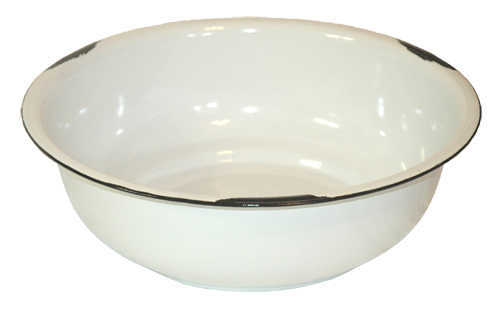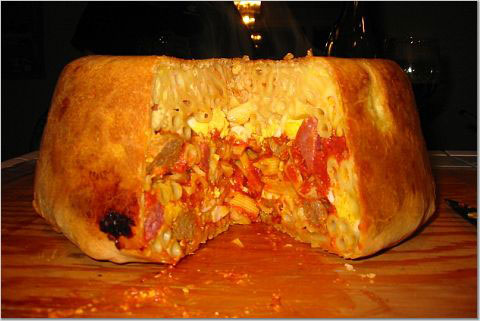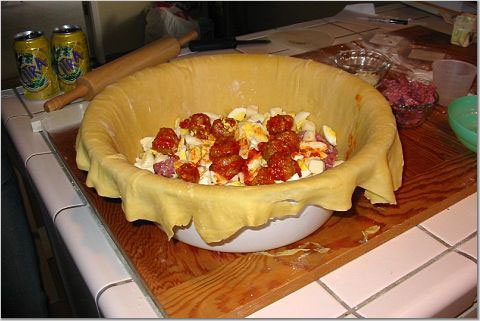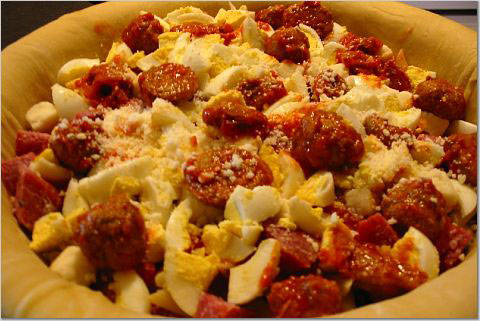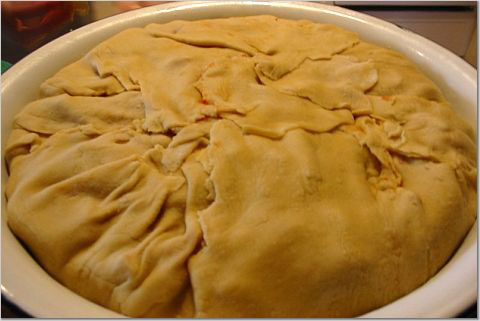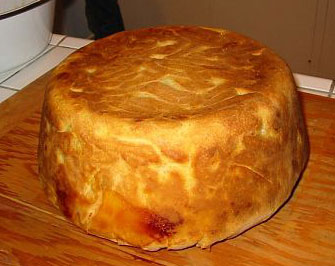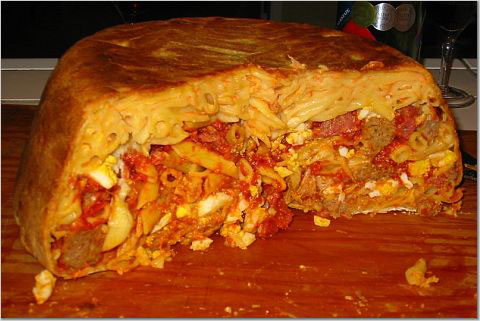In the movie Ratatouille, Pixar succeeded in making animated food almost as delectable as the real thing. By seeking the technical assistance of Thomas Keller, one of the world’s greatest and most meticulous chefs, Pixar gave the movie instant credibility to food lovers, critics and chefs around the world.
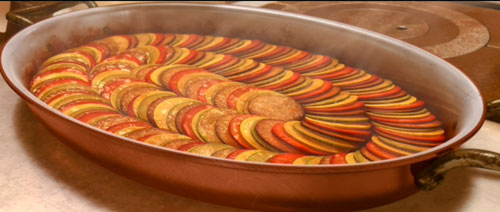
Remy the Rat’s ratatouille (above) is technically Keller’s interpretation of Confit Byaldi, a Turkish dish with the same flavor profile as ratatouille. We made the dish this weekend in preparation for Thanksgiving, and it’s definitely going on our menu. The recipe, originally published in the New York Times, follows the pictures.
[pictobrowser type=”flickr” userID=”arndog” albumID=”72157603116816185″]
INGREDIENTS
FOR PIPERADE
½ red pepper, seeds and ribs removed
½ yellow pepper, seeds and ribs removed
½ orange pepper, seeds and ribs removed
2 tablespoons extra virgin olive oil
1 teaspoon minced garlic
½ cup finely diced yellow onion
3 tomatoes (about 12oz. total weight), peeled, seeded, and finely diced, juices reserved
1 sprig thyme
1 sprig flat-leaf parsley
½ a bay leaf
Kosher salt
FOR VEGETABLES
1 zucchini (4 to 5 ounces) sliced in 1⁄16-inch rounds
1 Japanese eggplant, (4 to 5 ounces) sliced into 1⁄16-inch rounds
1 yellow squash (4 to 5 ounces) sliced into 1⁄16-inch rounds
4 Roma tomatoes, sliced into 1⁄16-inch rounds
½ teaspoon minced garlic
2 teaspoons olive oil
1⁄8 teaspoon thyme leaves
Kosher salt and freshly ground black pepper
FOR VINAIGRETTE
1 tablespoon extra virgin olive oil
1 teaspoon balsamic vinegar
Assorted fresh herbs (thyme flowers, chervil, thyme)
Kosher salt and freshly ground black pepper.
DIRECTIONS
1. For piperade, heat oven to 450F. Place pepper halves on a foil-lined sheet, cut side down. Roast until skin loosens, about 15 minutes. Remove from heat and let rest until cool enough to handle. Peel and chop finely.
2. Combine oil, garlic, and onion in medium skillet over low heat until very soft but not browned, about 8 minutes. Add tomatoes, their juices, thyme, parsley, and bay leaf. Simmer over low heat until very soft and very little liquid remains, about 10 minutes, do not brown; add peppers and simmer to soften them. Season to taste with salt, and discard herbs. Reserve tablespoon of mixture and spread remainder in bottom of an 8-inch skillet.
3. For vegetables, heat oven to 275F. Down center of pan, arrange a strip of 8 alternating slices of vegetables over piperade, overlapping so that ¼ inch of each slice is exposed. Around the center strip, overlap vegetables in a close spiral that lets slices mound slightly toward center. Repeat until pan is filled; all vegetables may not be needed.
4. Mix garlic, oil, and thyme leaves in bowl and season with salt and pepper to taste. Sprinkle over vegetables. Cover pan with foil and crimp edges to seal well. Bake until vegetables are tender when tested with a paring knife, about 2 hours. Uncover and bake for 30 minutes more. (Lightly cover with foil if it starts to brown.) If there is excess liquid in pan, place over medium heat on stove until reduced. (At this point it may be cooled, covered and refrigerated for up to 2 days. Serve cold or reheat in 350F oven until warm.)
5. For vinaigrette, combine reserved piperade, oil, vinegar, herbs, and salt and pepper to taste in a bowl.
6. To serve, heat broiler and place byaldi underneath until lightly browned. Slice in quarters and very carefully lift onto plate with offset spatula. Turn spatula 90 degrees, guiding byaldi into fan shape. Drizzle vinaigrette around plate. Serve hot.
Yield: 4 servings
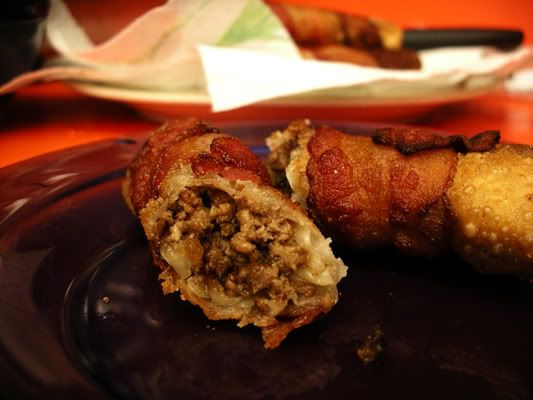


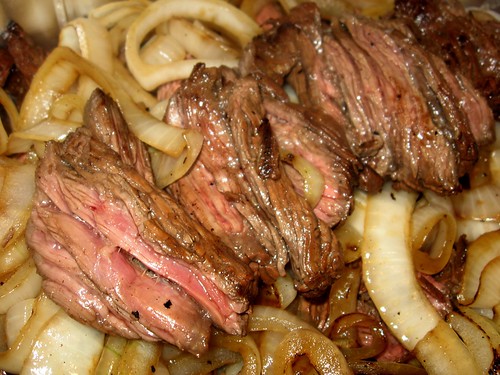
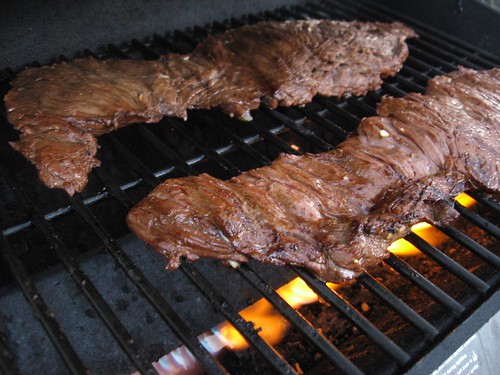 On the Grill
On the Grill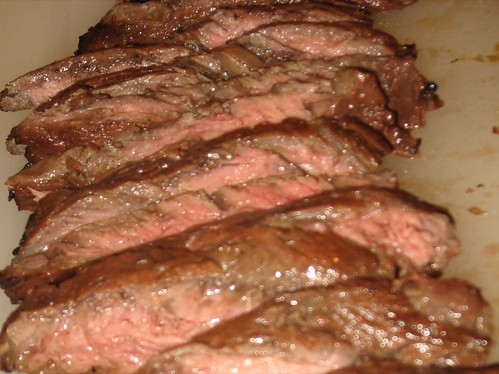 Slice against the grain.
Slice against the grain.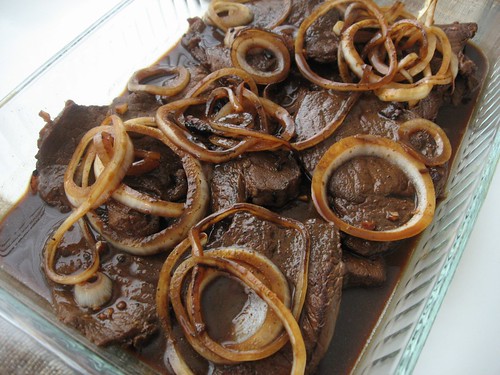

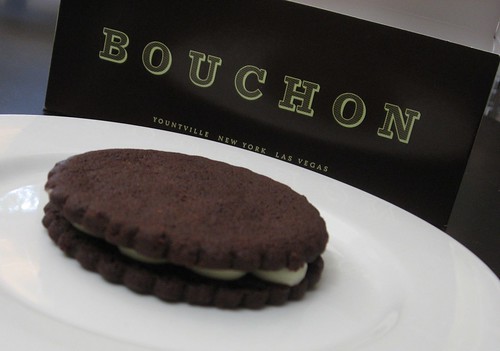

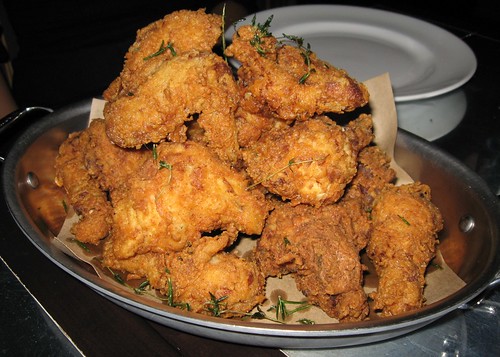
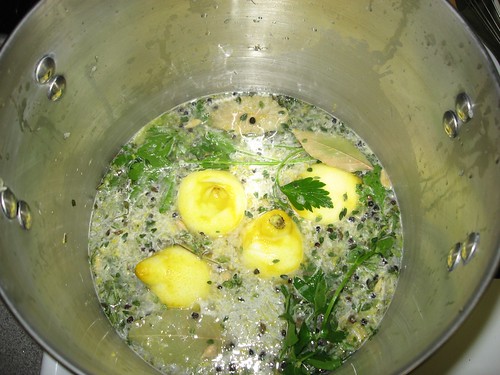
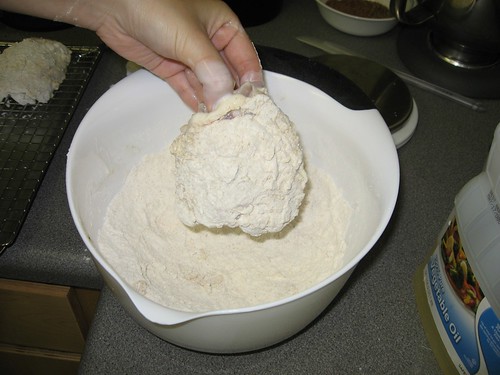
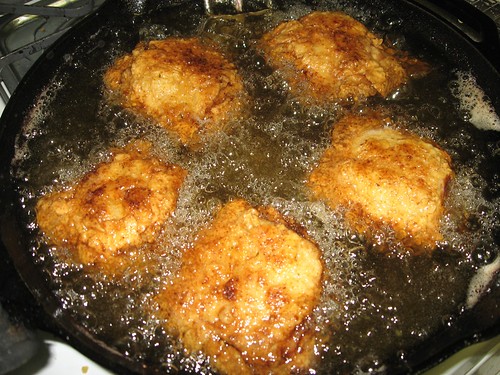
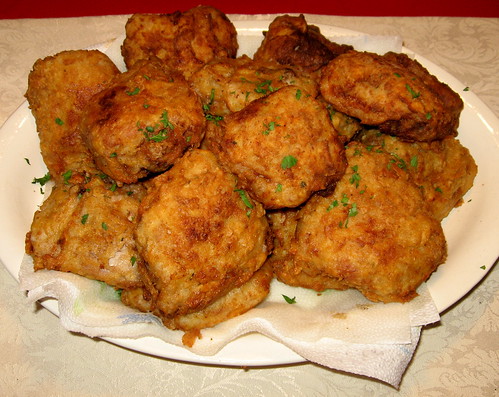
 I never thought I’d get permission to post this recipe, but here it is! My mom’s leche flan (literally milk custard) is famous in our hometown Filipino community. It’s the one thing people always expected or asked her to bring to parties. It’s thicker and denser than Mexican flan, which I always find bland and disappointing. I hope you enjoy it as much as I do.
I never thought I’d get permission to post this recipe, but here it is! My mom’s leche flan (literally milk custard) is famous in our hometown Filipino community. It’s the one thing people always expected or asked her to bring to parties. It’s thicker and denser than Mexican flan, which I always find bland and disappointing. I hope you enjoy it as much as I do. Remember the movie
Remember the movie 